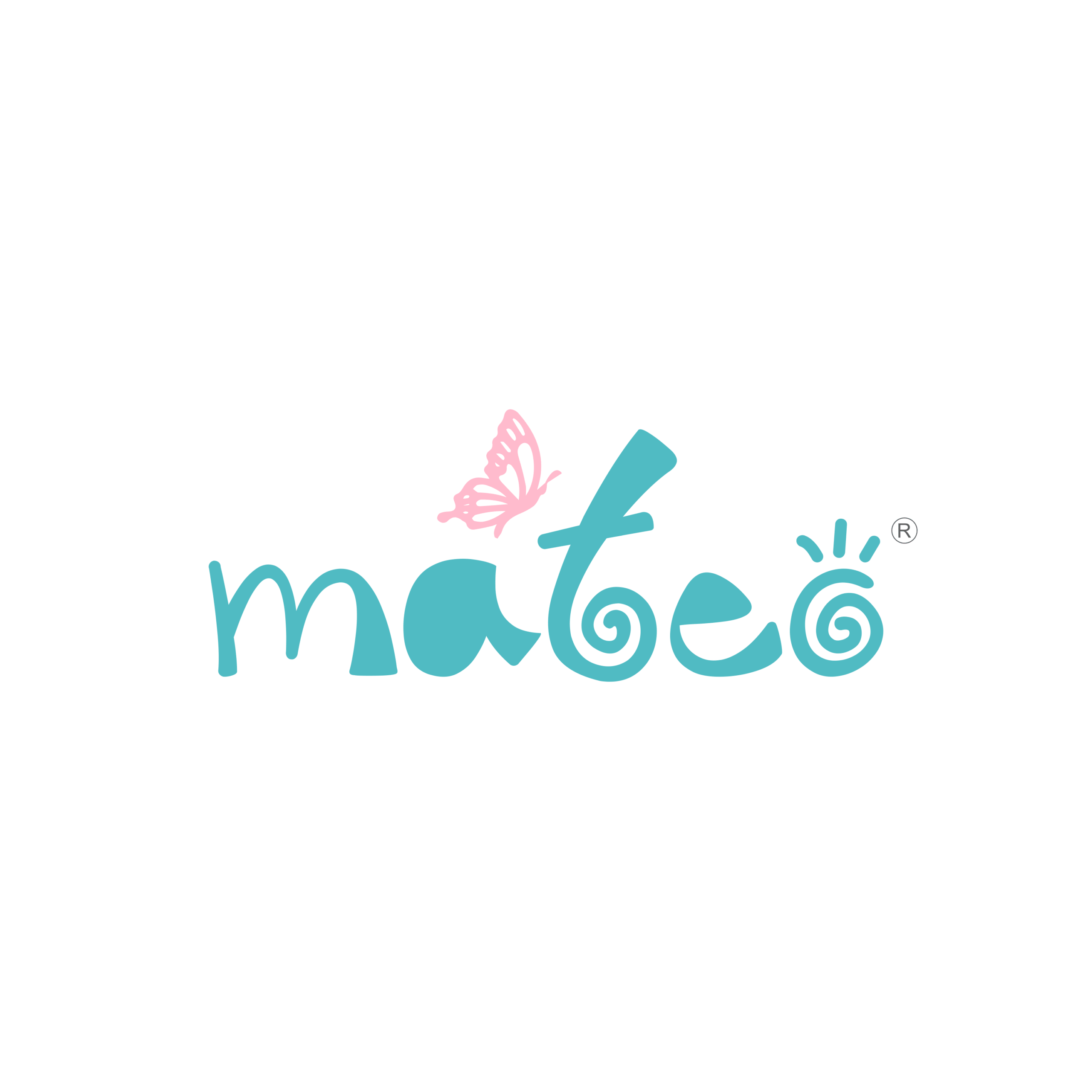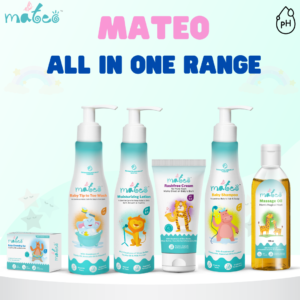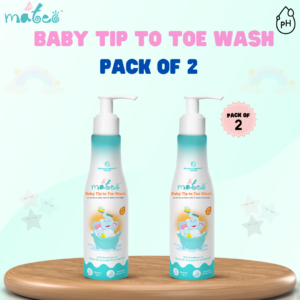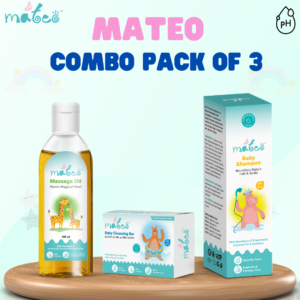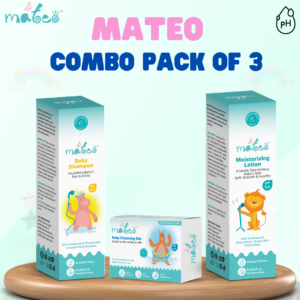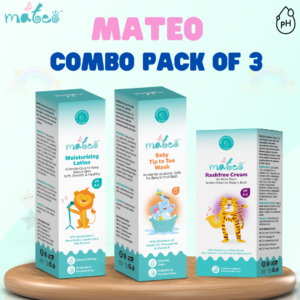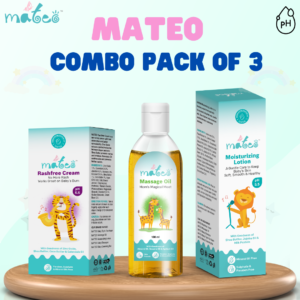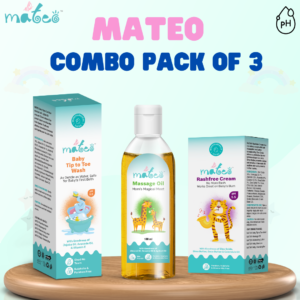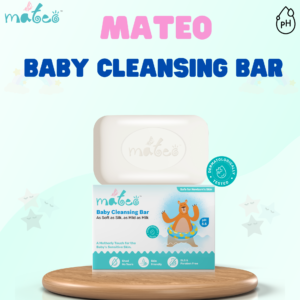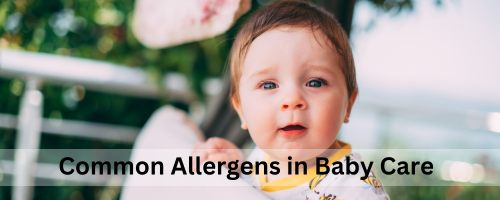
Common Allergens in Baby Products: How to Identify and Avoid Them
Table of Contents
The promise of unending love and hugging, accompany the joyous event of welcoming a new baby into your family. Safeguarding the comfort and safety of your child is your first duty as a parent or caregiver. Knowledge of common allergies in baby products is a crucial component of baby care. Allergens and irritants can cause a baby’s fragile skin to become irritated.
In this thorough guide, we’ll dig into the realm of common baby skin allergies and examine their causes, symptoms, and potential treatments. Along with helpful advice on whether to seek medical assistance, we’ll also cover how to avoid these allergies.
Common Skin Allergies in Baby Care
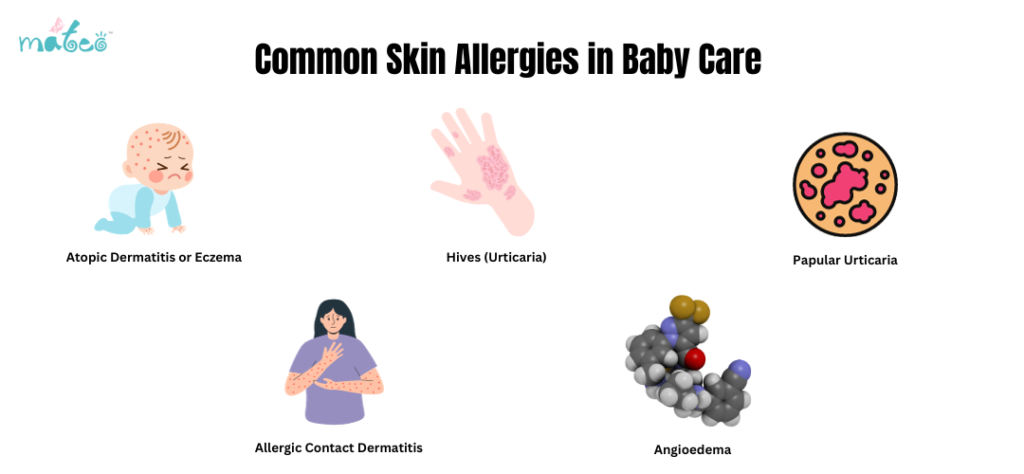
1. Atopic Dermatitis or Eczema
Often known as eczema, atopic dermatitis can cause a variety of symptoms, such as rashes, dry skin, persistent itching, and little red pimples on the forehead, face, scalp, and eventually the chest.
Causes: Inhaled allergens such as grass pollen, household dust, and pet dander can cause eczema. Additionally, skin irritants like woollens, nylon, too much soap in bubble baths, and strongly scented soaps and lotions can cause it. Less than 10% of newborns have eczema, however, this is not always the case.
Medical Management: Treating eczema appropriately and minimising possible triggers are key components of managing the condition. Firstly, you should never give your child medicine without first visiting a physician. Treatment possibilities include topical immunosuppressants (although more study is required to determine their efficacy), topical corticosteroids of various kinds, and antihistamines to reduce itching before bed. Thick lubricating skin lotions that don’t include medication may also be helpful. To dry your baby’s skin, pat it softly rather than rubbing it forcefully with a towel. Mateo baby shampoo is a dermatologically tested product balanced with pH5.5 that helps prevent and protect from baby eczema.
2. Hives (Urticaria)
The formation of bumpy, red, heated, swollen lesions—often referred to as wheals—is the hallmark of hives, also known as urticaria. These lesions can range in size and have a pale core surrounded by a pink or crimson perimeter. Usually, hives are quite itchy.
Causes: Hivers can result from allergic responses to a variety of stimuli. These variables include exposure to severe temperatures, drugs like ibuprofen and penicillin, environmental triggers like mould and dust, and certain foods like milk, chocolate, and shellfish. Sometimes there is no apparent reason why hives develop.
Treatment: In most cases, hives go away on their own and don’t require a lot of medical attention. Should the itching continue, taking a bath in lukewarm water might help soothe the skin. Your paediatrician may occasionally recommend oral antihistamines or topical calamine lotion.
3. Papular Urticaria
Insect bites can induce papular urticaria, a chronic inflammatory illness. It frequently manifests as skin that is itchy and covered in wheals-like papules that may be filled with fluid and develop in clusters. Even while these lesions usually go away in a few minutes or hours, there may be persistent and recurring occurrences.
Causes: The body’s hypersensitive response to insect bites is the main cause of papular urticaria. Fleas, bedbugs, flies, mites, and ticks are common offenders. Insect allergies afflict roughly 5% of the population in the US, and every year over 100 individuals die from anaphylaxis after an insect bite.
Treatment: Papular urticaria usually resolves on its own as newborns outgrow the illness, with symptoms gradually decreasing. Topical corticosteroids or antihistamines may be prescribed by a physician for extreme itching.
4. Allergic Contact Dermatitis
An allergen can cause allergic contact dermatitis, a kind of eczema that is brought on by direct skin contact. The afflicted area may experience mild to severe itching, redness, dry, scaly skin with apparent boundaries, and occasionally fluid-filled sacs may form as a symptom.
Causes: Metals such as nickel, aluminium, cobalt, and mercury are common allergens that can cause allergic contact dermatitis in infants. Allergies can arise even when rubber gloves are worn by the baby’s physician or other caregiver. Baby items may also include dyes and fragrances that might cause allergies.
Treatment: Finding and eliminating the allergen is the first step in treating allergic contact dermatitis. Using goods on your baby’s skin, such as baby lotions, diaper creams, or laundry detergents, requires caution. In moderate situations, using an unscented lotion to moisturise the skin and avoiding known allergies may be adequate. A physician may recommend corticosteroids or antihistamines in more serious situations.
5. Angioedema
Angioedema is characterised by a sudden and intense swelling of the dermal layers. It often affects the hands, feet, eyes, lips, and occasionally the insides of the mouth and throat. The swelling may be so bad that it impairs breathing and causes potentially fatal oedema in the throat.
Causes: A variety of things, such as food, pollen, insect bites, drugs, and even certain medical conditions, can cause angioedema through allergic responses.
Management: Get medical help right away if your child displays signs of angioedema, particularly if it impairs their ability to swallow or breathe. Your doctor will assist you in identifying and avoiding allergies whenever feasible in less severe situations. Medication may be used in certain cases to treat angioedema.
Mateo Baby Products with pH 5.5 Balance
After learning about common skin allergies in infants, you need to know how to safeguard your child’s sensitive skin. Mateo infant products have been carefully designed to have a pH of 5.5, which is ideal for skin that is naturally that pH. This equilibrium lessens the chance of skin irritation and stops excessive moisture loss from occurring on your baby’s skin.
Because the epidermis, the outermost layer of skin, has an acidic pH and acts as a barrier against germs, allergies, and environmental stresses, maintaining the pH balance is essential. If this delicate balance is upset, your baby’s skin may become more sensitive to allergens and irritants.
Gentle cleansers, lotions, and baby shampoo are just a few of the Mateo baby products that are made to be safe and suited for regular use. They contribute to a healthy and pleasant experience free from the discomfort of allergies and irritations in addition to washing and moisturising your baby’s skin.
To sum up
One of the many enormous obligations of being a parent or caregiver is protecting your baby’s health against skin allergies and irritations. Your baby’s comfort and well-being may be greatly improved by being aware of common allergies, their origins, how to recognise the symptoms, and how to treat them.
Furthermore, by selecting baby products like Mateo, which have a pH balance of 5.5, you may support the resilience and well-being of your baby’s skin, guaranteeing a happy and worry-free start in life. By following the correct procedures, you can make sure that your baby’s skin is as soft as your affection for them. A baby’s skin is not simply delicate; it also reflects their comfort, happiness, and health.
Frequently Asked Questions (FAQs)
1. Do babies and infants use Mateo baby products?
Without a doubt! Gentle and safe for infants, Mateo baby products are made with great care. For your baby’s fragile and delicate skin, their pH balance of 5.5 is optimal.
2. Can skin allergies be avoided by using baby products without fragrances?
Yes, it’s usually advised to use fragrance-free infant products, particularly for those with sensitive skin. Numerous commercial scents may include allergies. Choosing products without fragrances can help lower the chance of irritated skin.
3. How can I tell if my baby’s rash is due to diaper discomfort or a skin allergy?
It might be difficult to distinguish between a diaper rash and a skin allergy at times. While diaper rash is usually a temporary ailment brought on by extended contact with moisture and irritants, skin allergies frequently produce chronic or recurring symptoms. If you’re unsure, get expert advice and examination from your paediatrician.
4. Should infant goods be patch-tested before being used?
It is wise to conduct patch tests, particularly if your child has sensitive skin or a history of allergies. You can minimise the chance of a more widespread negative response and find possible sensitivities by using a tiny quantity of the product on a small patch of your baby’s skin and watching for any symptoms.
5. Can the risk of allergies be decreased by using organic or natural baby products?
Although harsh chemicals are less common in natural and organic infant products, it’s vital to remember that individual sensitivities might differ. While using natural products could be a smart decision, being vigilant and keeping an eye on your baby’s skin sensitivities are just as important. Your baby’s best solution might not be the same as someone else’s.

Nivethitha Sridharan
Nivethitha is a mother of two children and has a great interest in writing as an experienced mother. She publishes educational and interesting articles on baby care and also assists parents in selecting the finest baby products for their baby’s skin and well-being. She focuses on infant skin care and health issues. She also provides suggestions and guidance on baby care and avoids common skin disorders in newborns. Nivethitha likes studying and writing about new and innovative ideas that might assist people in finding solutions to their problems. She feels that content writing is an effective means of communicating thoughts and information to the world.
-
Mateo All in One Pack
₹1,700.00Add to cart -
Mateo Baby Body Wash – 200 ml (Pack of 2)
₹790.00Add to cart -
Mateo Baby Care Collection – Mateo Baby Massage Oil(100ml), Mateo Baby cleansing bar(75gm), Mateo Baby Shampoo(200ml)
₹775.00Add to cart -
Mateo Baby Care Collection – Mateo Baby Moisturizing Lotion(200ml), Baby Cleansing Bar(75gm), Baby Shampoo(200ml)
₹930.00Add to cart -
Mateo Baby Care Collection – Mateo Baby Moisturizing Lotion(200ml), Mateo Baby Body Wash(200ml), and Mateo Baby Rashfree Cream(60gm)
₹925.00Add to cart -
Mateo Baby Care Collection – Mateo Moisturising Lotion(200ml)+ Mateo Baby Rashfree Cream(60g) + Mateo Baby Massage Oil(100ml)
₹725.00Add to cart -
Mateo Baby Care Collection-Mateo Baby Body Wash(2ooml), Baby Rashfree Cream(60gm), Baby Massage Oil(100ml)
₹770.00Add to cart -
Mateo Baby Care Collection-Mateo baby moisturizing lotion(200ml), Baby cleansing bar(75gm), Baby massage Oil(100ml)
₹730.00Add to cart
